A little background on design decisions thus far... I have developed an octree structure that can store points. I have chosen to limit the recursion of "generations" based on a certain base voxel size. Child nodes are only created when points are added to that node. This is not a dynamic graphics application - this octree and the objects in it are static, so pre-processing to improve performance is not a concern.
Now, I would like to add "shapes" to my octree - specifically, a surface mesh composed of triangles. The vertices of these triangles do not correspond to the points stored in the octree. How does one store these shapes in the octree? I see two options...

Grey nodes are "empty" in that they have no shapes. In alternative 1, shapes are stored in every node that they intersect - i.e., node 1a contains shape1 and 4c & 4d share shape2. In alternative 2, shapes are stored only in the smallest node that they intersect - i.e., node 1a contains shape1 and node 4 contains shape2.
Most posts on octrees that I've seen assume Alt1, but they never explain why. Alt2 makes more sense to me and will only create extra work for those shapes that reside on node boundaries. Why is Alt1 preferable?
Edit: To clarify, my implementation language used is C++ so I'd prefer sample implementations in that language, but the question is language-independent. Sorry if that's incorrect tag usage.
Edit2: Although not directly related to the question of shape storage, this link has a good discussion on octree traversal that is behind the question. I thought it might help anyone interested in working on this question.
Update: Four years later, Alt2 ended up being easier to implement but very slow because large triangles stored at higher octree levels got tested every traversal of the octree - in my case, that meant hundreds to thousands of unnecessary tests. I ended up revising my code to use a R*-Tree variant instead, which was easy to implement and substantially faster.